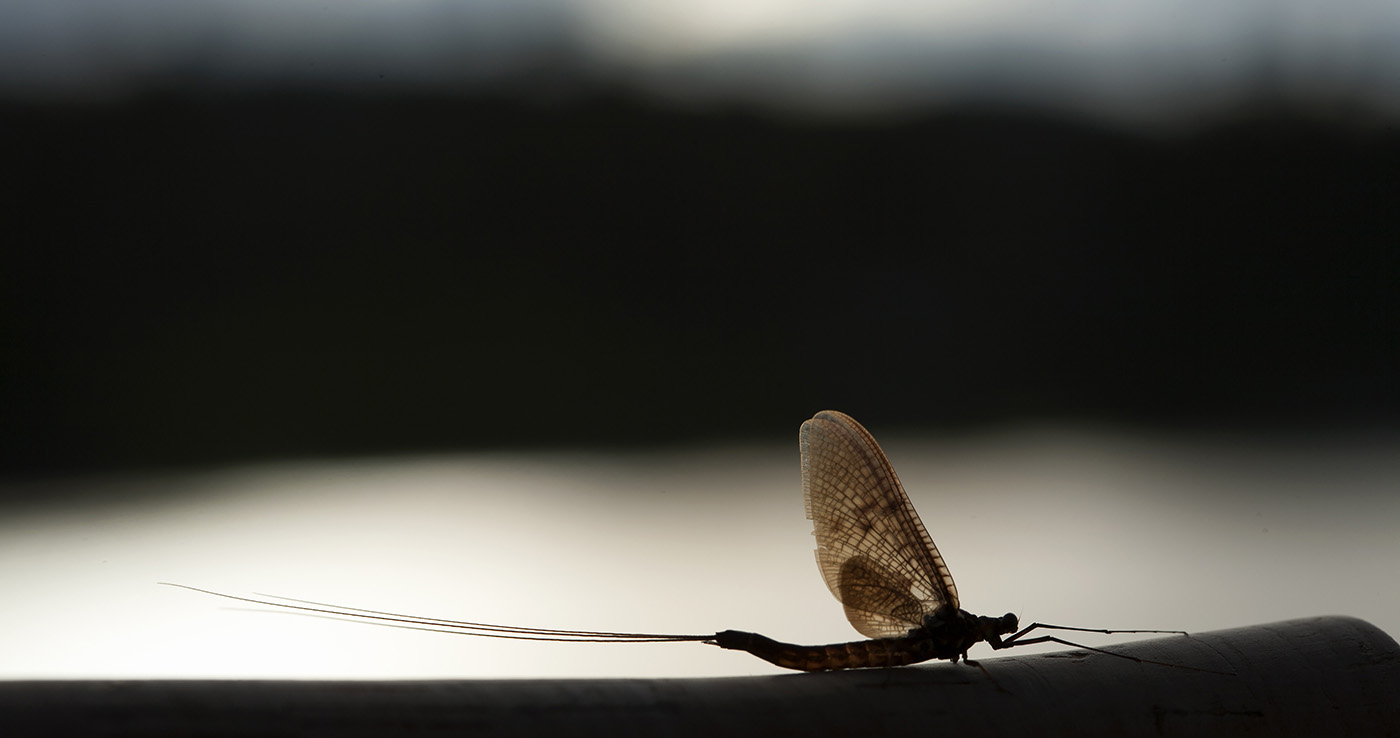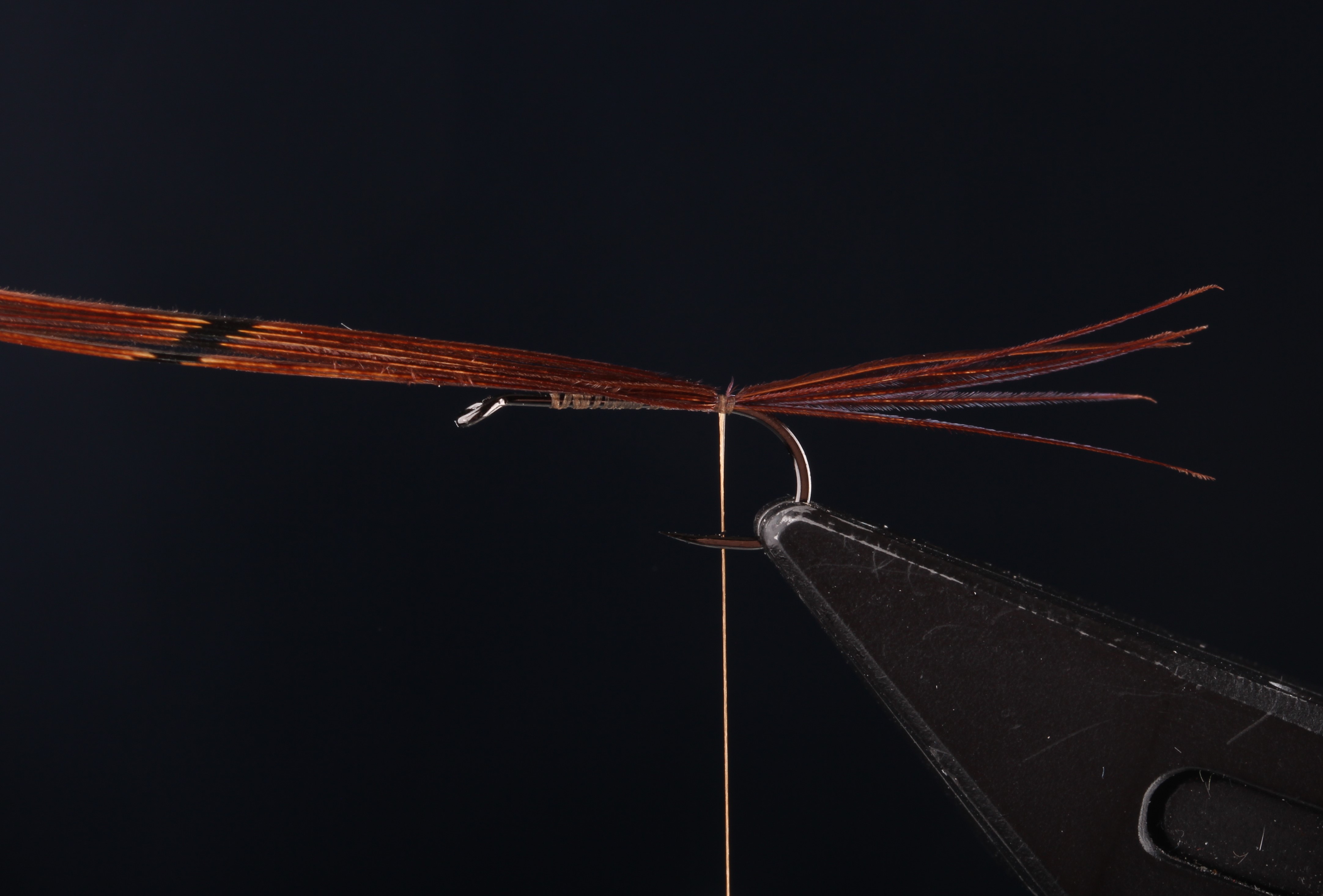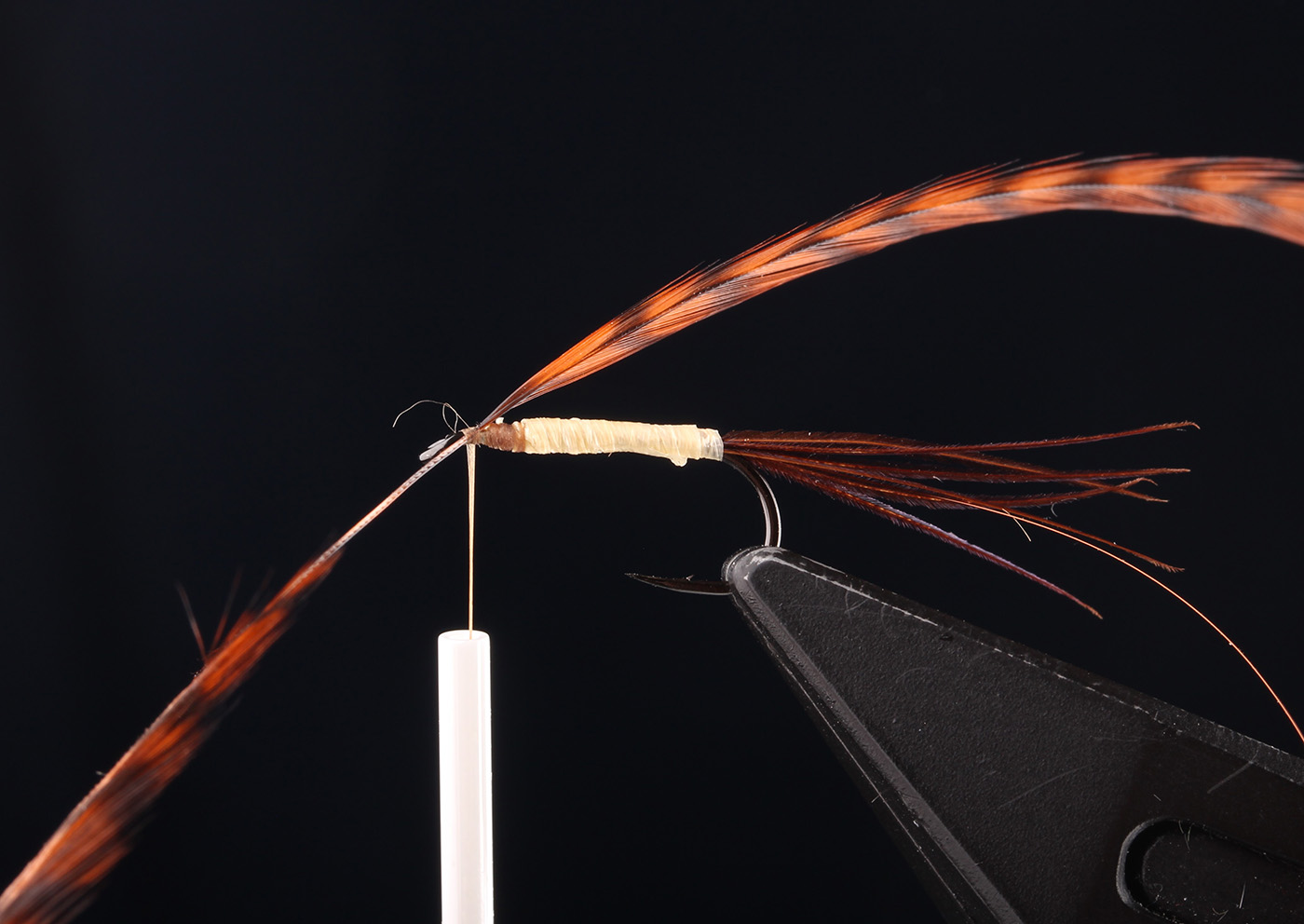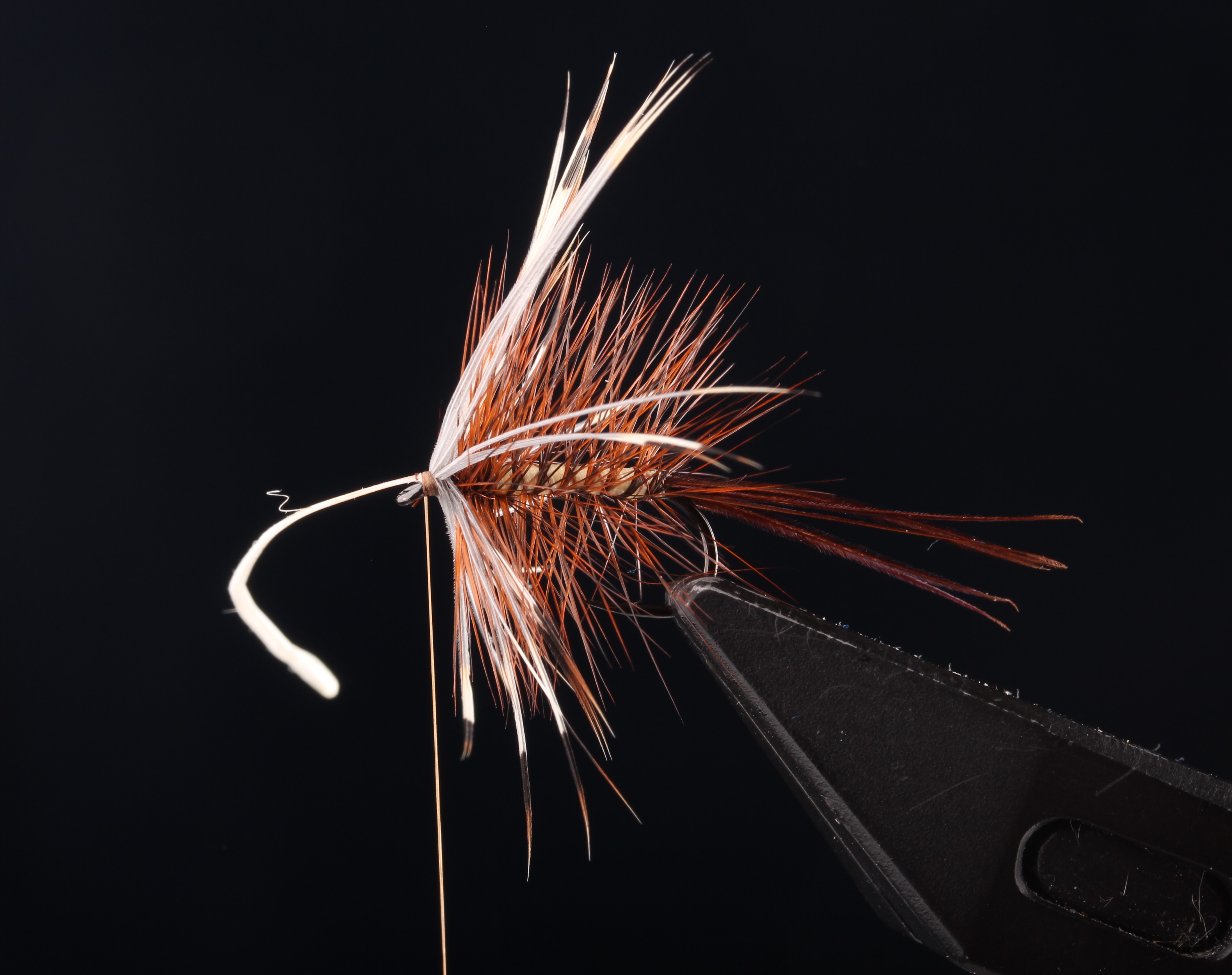
The largest mayfly in Scandinavia are the Ephemera danica and it’s stillwater relative, the E. vulgata. The are the same size and the vulgata tend to be a little darker than the danica. They hatch more or less at the same time, and both of course offer excellent fishing. Our “house fly tier”, Håkan Karsnäser lives close to the Hökensås lakes in Sweden and fishes the hatch every year, so I asked Håkan for a few tips and tricks, and a couple of good flies. Over to Håkan…

Rainbow trout are experts in plucking off midges and other minute insects. It can be frustrating to watch as they cruise along, sometimes with the entire back visible, sipping down helpless insects without offering your best efforts any attention what so ever.
But there are other instances where the are less cautious and almost anything that hatches. The Ephemera vulgata is the largest of our stillwater mayfly species here in Sweden, and I’m fortunate enough to have the fishery at Hökensås as my second home. And here the vulgata hatch in most lakes.
They thrive in lakes with clear water and a sandy bottom, where the burrowing nymph lives. When its time to hatch the nymph swims to the surface and sheds its nymphal skin and turns into the beautiful, big, winged mayfly we all wait for all winter. They usually appear sometime during the month of May, and at the time this is published, they are hatching. It takes a whole for the fish to get used to the unusually large winged insect, so it’s a good idea to have some imitations of the nymph too – both weighted and unweighted.
Out most used fly is a relatively simple emerger-type. The fishing is quite simple too. Wait for a rising fish and cast the fly as close to where you sae the fish as possible. And wait. A small tuck on the line can be helpful in attracting the attention of the fish. Sometimes you’ll see the fish rise several times to naturals before it’s finally time for you to set the hook. It can be really challenging to leave the fly and have the confidence that the fish will see it and not constantly cast to new rises.
Over time the fish will concentrate their attention to the winged insect, and finally also on the dying mayflies, the spinners. Thousands and thousands of insects fall during a spinner fall and getting the fish to choose your imitation can be almost impossible. None the less, the vulgata hatch offers excellent fishing, even on cold and rainy days, so don’t skip them. The cold slows down the insects and even slows down the hatch, so they remain a little longer on the surface before flying off to mate. The fish seems to know this and become very active during these conditions.
And even though they are a bit old-fashioned, don’t rule out the Irish-style mayfly imitations. I suppose a good, old step-by-step is also a bit old-fashioned these days, so in keeping with that – here’s a good old step-by-step, showing how I tie my Irish-style mayflies.







Hook: Ahrex 502 #10.
Thread: Brown 8/0.
Tail: Pheasant tail.
Rib: Copper wire.
Body: Natural swiss straw.
Hackle: Brown dry fly saddle hackle.
Front hackle: Natural French partridge.
Thanks for the tips, Håkan – and for step-by-step. There’s something about that traditional, Irish style of mayfly.
As for the E. danica – the river-relative of the vulgata, we have four videos covering the different stages of it’s lifecycle (and with a little adaptation of the colours, you can use the danica-imitations in a vulgata and vice versa).
Check out the videos here:
Nymph:
Emerger:
Dun:
Spinner:
We also have our Hökensås-playlist, where you can see Håkan tie several of this favourites for the Hökensås fishery:
In the latest issue of “Sportsfiskeren” (Danish Sportsfishing Association’s magazine) Morten was featured in an article, and a fly was announced on our YouTube-channel. Several of you have notified us that the video wasn’t online, and we’re sorry about that – technical difficulties. It’s online now right here, where Søren shows how to tie the Alexis White Minnow:
